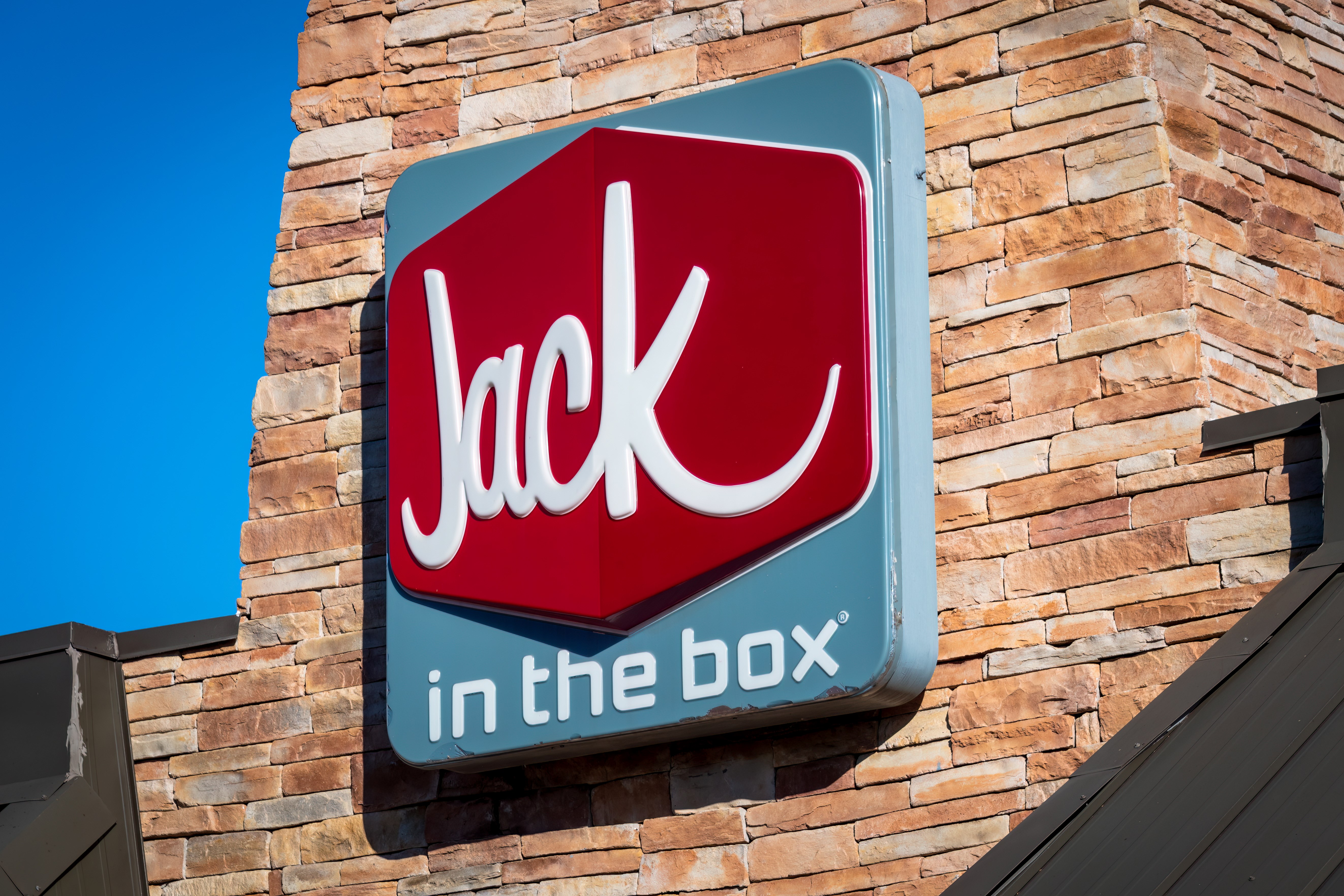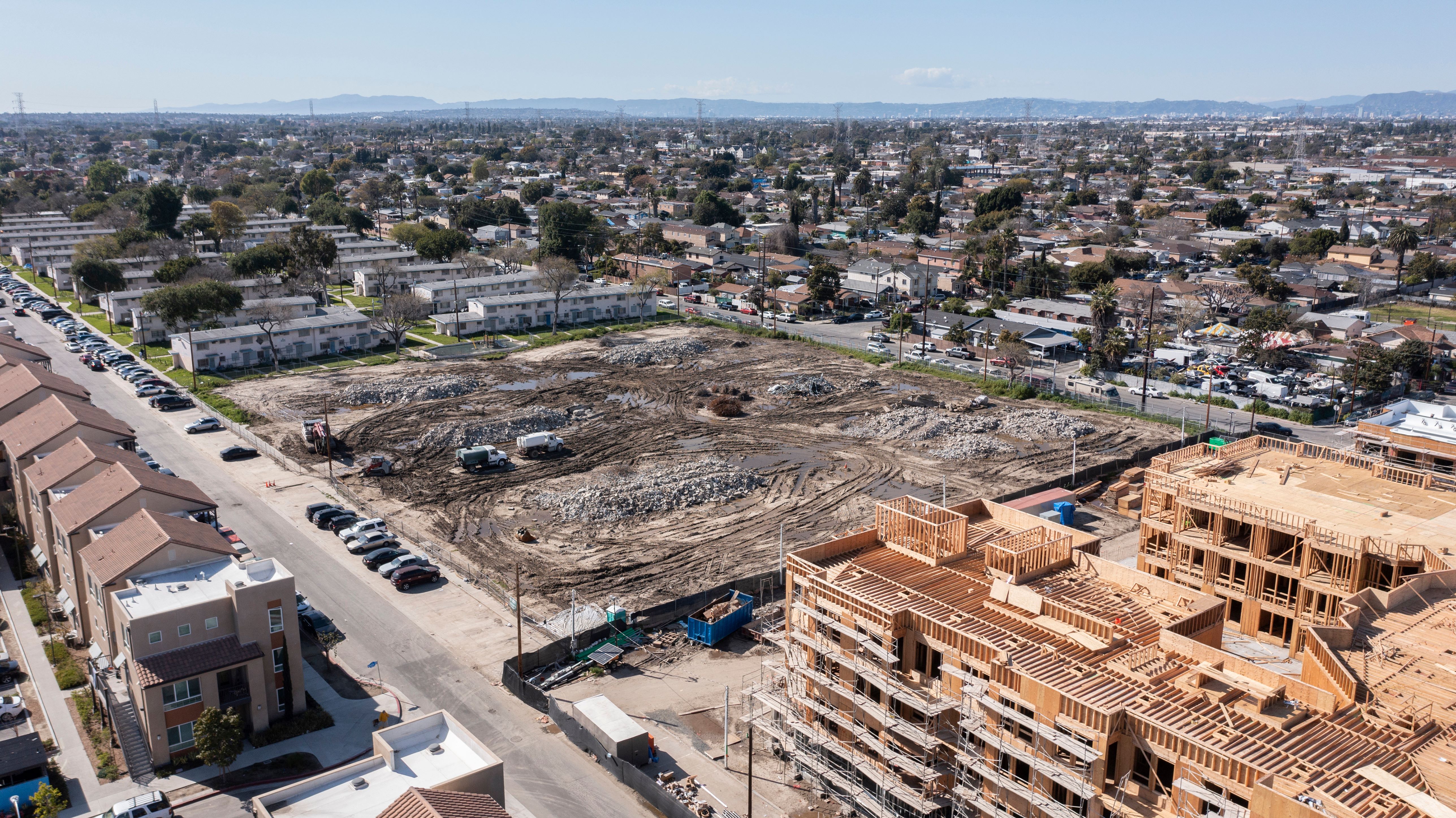What Determines the Rent of a Property?

Setting the rent for a property is like baking a cake — you need the right mix of ingredients to get it just right. From the building’s physical features to the health of the local market, a variety of factors influence how much a landlord can charge for rent. Whether you're looking for a place to rent or thinking of renting out your own property, it’s important to understand what goes into that final rental number. Let’s break it down into bite-sized pieces.
1. Physical Factors
Construction Costs
Think of building a property like building a house of cards — every step is delicate, and every piece matters. The money spent on building materials, paying workers, and borrowing money all adds up and affects the rent. Here’s how:
- Materials: If you use high-quality bricks instead of straw to build a house, it’s going to last longer and look better, but it will cost more. A property built with top-notch materials can charge more rent because it’s more durable and attractive.
- Labor: Hiring skilled workers is like hiring a gourmet chef instead of a fast-food cook — you pay more for better quality. The same goes for construction; if a property required specialized labor to build, the rent will reflect those higher costs.
- Financing: Borrowing money to build is like taking out a loan to open a bakery. The higher the interest rates or the longer you have to pay back the loan, the more expensive it is to run the business, and those costs will get passed on to the customer — or in this case, the tenant.
Example: Imagine you’re renting a house made with expensive, eco-friendly materials. It’sgoing to cost more than a place made with cheaper alternatives, but the trade-off is that it’s more energy-efficient, saving you money in the long run.
Building Condition
A property’s condition is like the state of a used car — the better it’s maintained, the more someone will be willing to pay for it. If a property is old or rundown, the rent might be lower, but if it's in great shape or recently renovated, expect the rent to be higher.
- Maintenance and Repairs: If you buy an old, beat-up car, you know you’ll need to spend money on repairs. Landlords face the same issue with buildings. If a place needs a lot of repairs, they’ll often increase the rent to cover the cost of maintenance.
- Renovations and Improvements: Upgrading a property is like putting a new engine in an old car — it makes it run better and last longer. A landlord might upgrade things like the heating system or modernize the kitchen, which can allow them to charge more rent.
Example: You could rent a cheap apartment that hasn’t been updated in decades, but if you’re willing to pay more, you might get a place with brand-new appliances and a fresh coat of paint.
Location
"Location, location, location" is like the real estate version of “the early bird gets the worm” — where you live matters a lot. Just like a house by the beach will cost more than one in the middle of nowhere, a property’s location can greatly affect rent.
- Transportation Access: Living near public transportation or major roads is like living close to the grocery store — it makes life easier, so people are willing to pay more for that convenience.
- Proximity to Amenities: If you live next to a park, a shopping mall, or a great school, you’ll likely pay more in rent. It’s like buying a concert ticket with VIP access — the extra perks make it more desirable.
Example: If you rent an apartment in the city, close to public transportation and shopping centers, expect the rent to be higher than if you rented a similar apartment out in the suburbs.
2. Real Estate Market Factors
Market Trends
The real estate market is like the weather — it’s always changing, and you need to keep an eye on it. Rent prices can rise or fall depending on the economy and what’s happening in the housing market.
- Market Comparisons: Think of rent prices like shopping for the best deal on shoes. You compare prices at different stores to see if you're getting a fair deal. Landlords do the same thing — they look at what similar properties in the area are charging to set their own rent.
- Economic Health: When the economy is booming, rent prices tend to go up because more people are looking to rent. But if the economy slows down, rent prices can drop because fewer people are looking for homes.
Example: In a bustling city with lots of job opportunities, rental demand is high, which drives up prices. But in a smaller town where the economy isn’t as strong, rent is usually cheaper.
Available and Competing Properties
If you’re shopping for the last toy on the shelf at Christmas, you might be willing to pay more because there’s limited supply. It’s the same with rental properties — if there aren’t many available, rent goes up, but if there are plenty of empty places, landlords might lower prices to compete.
- Supply and Demand: When there’s more demand for rentals than available units, it’s like a crowded restaurant — everyone wants in, so prices go up.
- Recent Sales: Landlords also look at how much similar properties have recently sold for or what other properties are charging in rent. It’s like pricing items at a yard sale based on what your neighbors are charging.
Example: If there are only a few available apartments in a popular neighborhood, the rent will likely be higher because landlords know tenants will compete for those spots.
Traffic Counts (For Commercial Properties)
For businesses, being in a high-traffic area is like having a billboard on a busy highway — the more people that pass by, the more valuable the location.
- Visibility: If you’re opening a café, you want it in a spot with lots of foot traffic. More people walking by means more potential customers, and landlords can charge higher rent for these prime locations.
Example: A shop on a busy main street will cost more to rent than one tucked away on a quiet back road because more people will see and visit the store.
3. Interest Rates
Interest rates are like the fuel prices in your town — when they go up, everything else gets more expensive. If a landlord has to borrow money to buy or build a property, the interest rate on that loan affects the rent they’ll charge.
- Cost of Borrowing: When interest rates are low, borrowing money is cheaper, and landlords might be able to offer lower rents. But when rates rise, so do the costs, and landlords pass that on to tenants through higher rent.
Example: If interest rates are high, a landlord’s loan repayments will be larger, which means they’ll need to charge higher rent to cover the cost.
Conclusion
Setting the rent for a property is like creating a recipe — a mix of ingredients like location, condition, and market trends. By understanding how these factors work together, both landlords and tenants can make smarter decisions when it comes to renting. Whether you're the baker or the one buying the cake, it helps to know how all the pieces fit!
Related posts
You may also find these articles interesting








